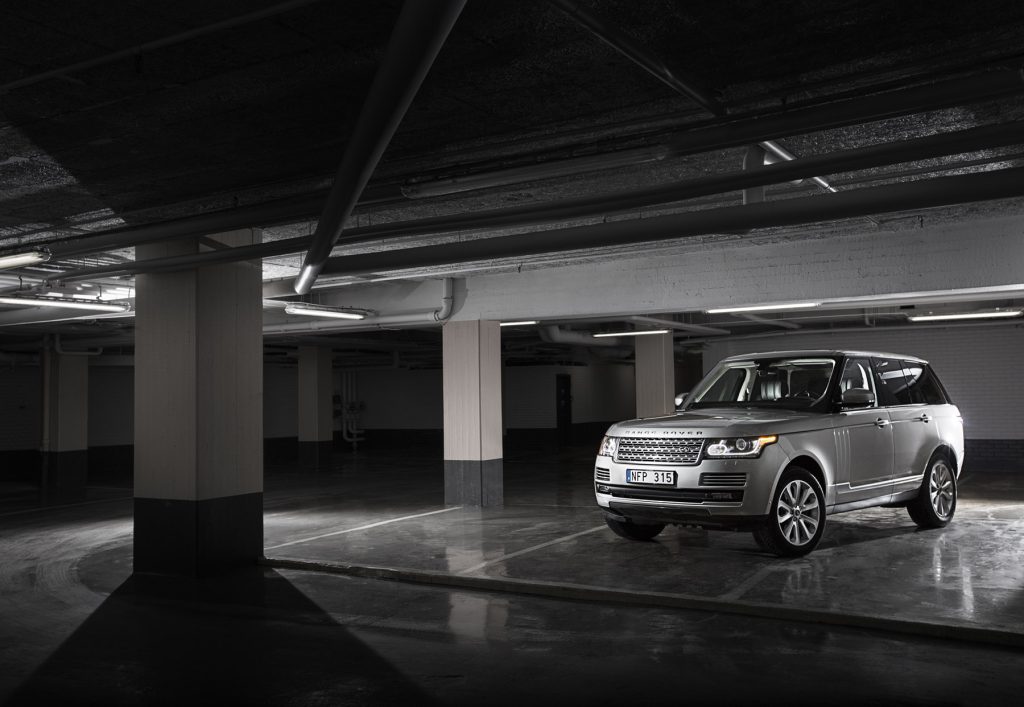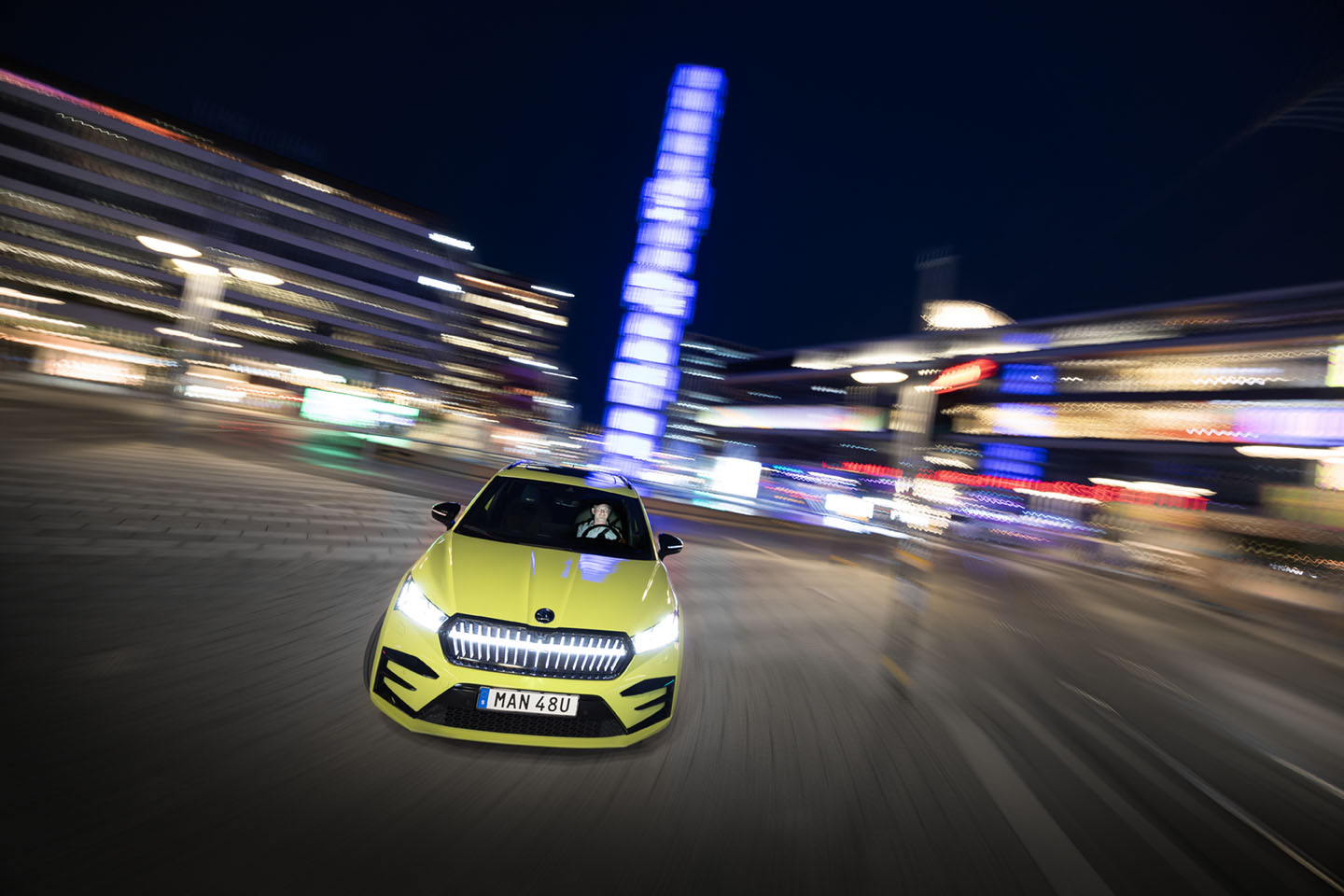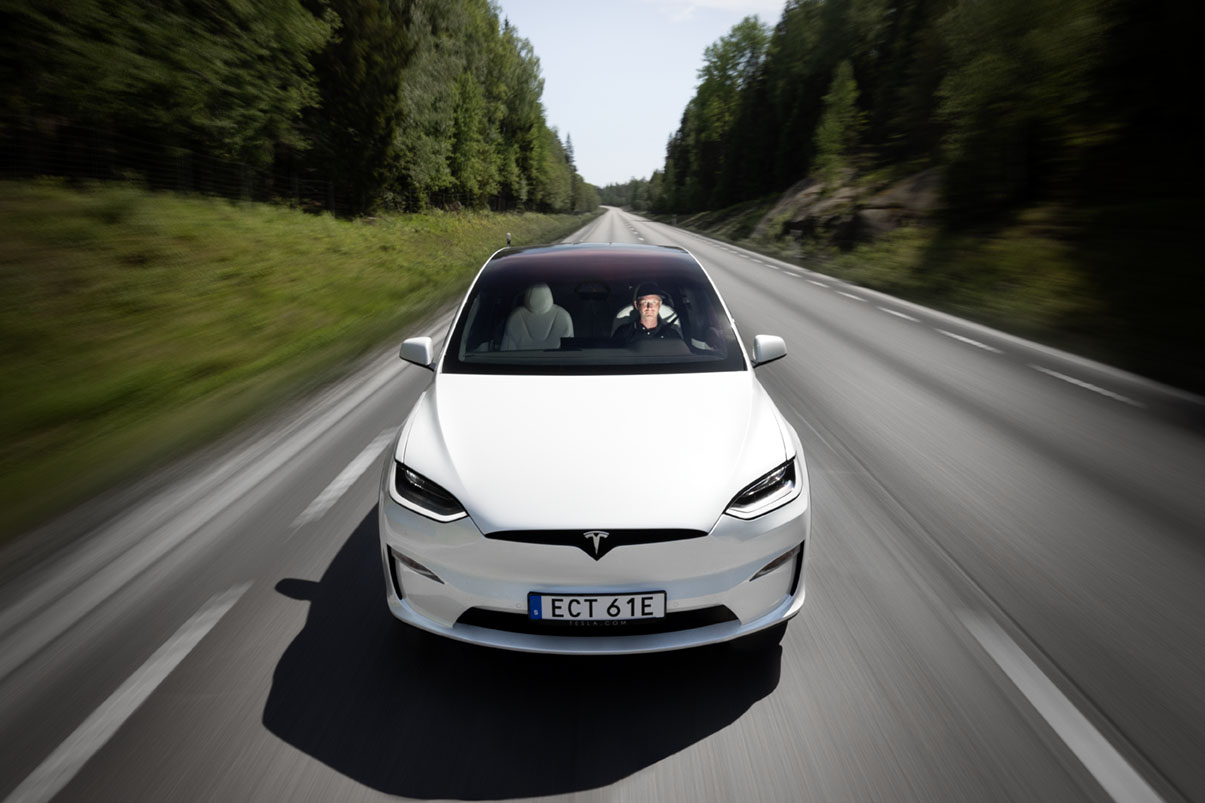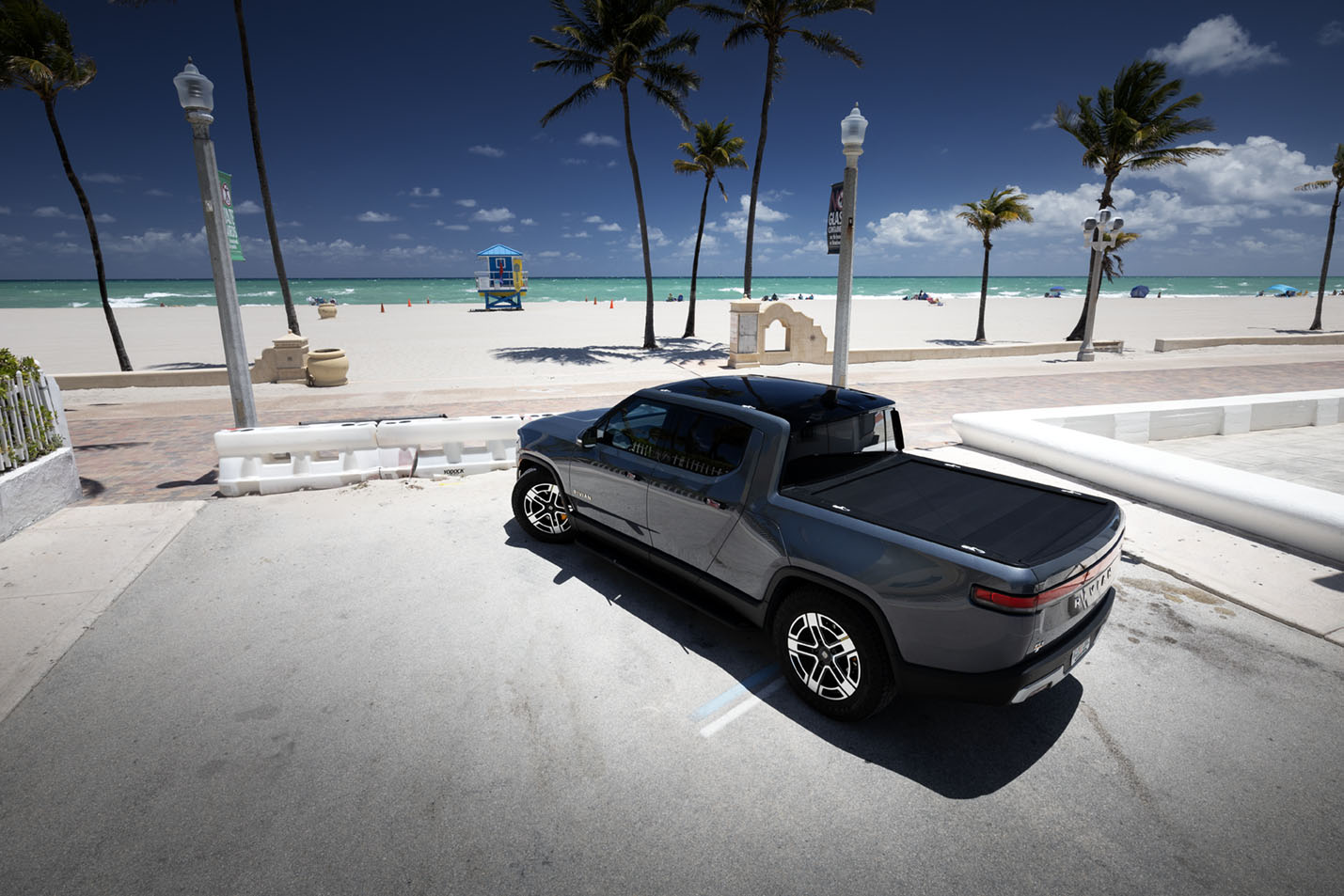
The article was originally produced on February 7, 2013, some facts and prices may have changed since then.
Range Rover Vogue
The world's best car just got even better, at least if Top Gear's Jeremy Clarkson is to be believed, who took the last generation Range Rover to the skies.
The new Range Rover Vogue is here and premium technology absolutely flows down the sides of this ultra-luxurious SUV. The weight loss of almost half a ton from the previous version has resulted in markedly better performance and lower consumption. The new Range Rover pushes the boundaries of how comfortable a car can be. After a test drive, you will spontaneously want to say hello to everyone else who drives a Ranger Rover because you know how good a taste for that little extra that the Range Rover offers. We talk about sports cars, super sports cars and ultra sports cars. The Range Rover Vouge clearly belongs to the category of ultra-premium SUVs that fashion once existed.

The history of the Range Rover started as early as the early 50s with various experiments within the Rover Group, which already had Land Rover among its models. In the mid-60s, the company had its car designer, Graham Bashford, produce a car with the same comforts as a passenger car but the mobility of an off-road vehicle. The concept was ready a couple of years later, but it wasn't until the summer of 1970 that the first test runs took place. The model was an immediate success, finding its buyers among the British gentry who wanted to get around comfortably despite substandard roads in the English countryside. A proof of the Range Rover's extraordinary road characteristics was that, in 1972, it was the first vehicle to cross the American continents from north to south. An anecdote says that the brand gained such status that the prostitutes in the Bois de Boulogne in Paris preferred to take customers in Range Rovers to those who drove Ferraris.
The Range Rover is now in its fourth generation. In the last ten years that have passed, the brand has been bounced between major car groups a number of times. BMW, Ford and now finally India's Tata are the ones who had Land Rover/Jaguar in their possession. Speculation surrounding the reason that BMW stepped in as an owner, but then dropped the brand, has been that they wanted access to the four-wheel drive technology. Now Tata is investing fully and in recent years has expanded the model program where the Range Rover Evoque is the latest addition.

What has changed since the first version of the Range is mainly on the luxury side. In the first generation, it was more practical to think with vinyl seats, in practice it was possible to rinse the interior with water to get it clean. Something the new car's electronics-packed interior would certainly not feel good about.
In addition to the luxurious details, the new Range has become lighter, stronger and thus faster. On the weight side, a full 420 kilograms have been reduced from the previous model, which provides extensive performance improvements. How they managed to lose nearly half a ton is partially explained by the fact that the new Range has an aluminum monocoque. The previous generation had a self-supporting body construction with individual wheel suspension. The weight reduction has resulted in significantly better fuel consumption and lower carbon dioxide emissions. The phenomenal air suspension makes the speed bumps at Östermalm feel like small gravel under the wheels. But to only use your Range Rover in an urban context is to throw pearls to swine. This is an incredibly potent car when the road merges with the terrain. With a completely new version of Terrain Respons, the car itself knows what surface it is traveling on. In addition to the low gear, there are five different driving programs that should be enough for the worst possible conditions that can arise. The new Range Rover is guaranteed to handle more advanced terrain than you dare venture into. In contrast to the range anxiety of electric cars, the Range Rover crushes anything that could be called accessibility anxiety.

In terms of appearance, there are many similarities between generations three and four, some speak of a minor facelift and that the brand's updates take place slowly. Another way of looking at it is why you should change a winning concept if it has worked for more than forty years. The Range Rover is a style icon in its segment that few can match. It is no coincidence that the British Queen has the Range as her favorite carriage without horses in front. Externally, the new Range Rover has received more extended lines, for example both the front headlights and tailgates continue around the corner and a bit on the side of the car. Despite the new shapes, no one should miss that it is a Range Rover that comes rolling, it is a clear design language that is well incorporated and easy to recognize.
When you step into the new Range Rover and close the door, it's quiet, really quiet. The car is incredibly snug but anything but cramped. The rear seat can be obtained either in a standard three-seater design or as two Executive Class seats. Since the wheelbase has increased by twelve centimeters, the legroom in the back has become a whopping 118 millimeters longer. In the front headrests on the back sides are media screens for the restless with wireless headphones. No one should have to experience a journey as uncomfortable or boring in the new Range Rover.
On the engine side, we initially find three different options, a diesel V6 and V8 and petrol V8. The SDV8 is the engine of choice, a 4.4 liter diesel V8 with 339 horsepower and 700 Newtons of torque. Mixed consumption according to the manufacturer is 0.87 liters per mile mixed driving. Something that in reality probably ends up at just over a liter per mile. But in contrast to what the V8 petrol pulls, it's acceptable. The character of the SDV8 is surprisingly quiet and smooth, almost petrol engine behavior.

Another thing that has changed significantly from the first generation Range Rover is the price. The first cost roughly just over 60,000 kroner. The basic price for the SDV8 lands at just over SEK 1,150,000. If you get more car for the money then, well thank you, there are few cars that can measure up to the Range Rover and the new generation 4 pushes the limits of accessibility in absolute comfort to new limits. That Mr. Clarkson needn't worry, the new Range Rover Vogue is still the best car in the world.
Range Rover Vogue
| Basic price | from SEK 1,049,000 |
| Engine | 4.4 liter SDV8 diesel, 339 hp. Torque 700 Nm |
| Transmission | Front engine, 5-speed automatic, four-wheel drive |
| Acceleration | 0-100: 6.9 sec |
| Top speed | 217 km/h |
| Fuel consumption mixed driving l/100 km (mpg) | 11,5 (24,6) |
| Weight | From 2,360 kg |
| Guarantees | New car 3 years, carriage damage 3 years, rust protection 6 years |
| Web | www.landrover.se |




